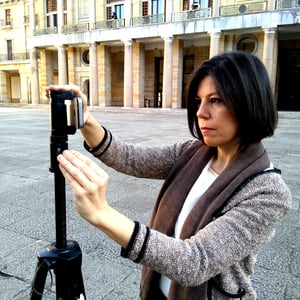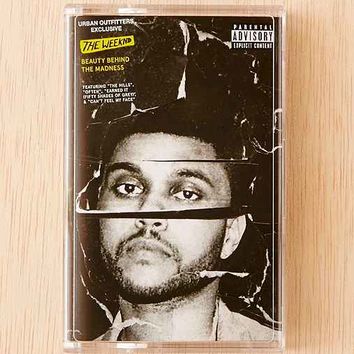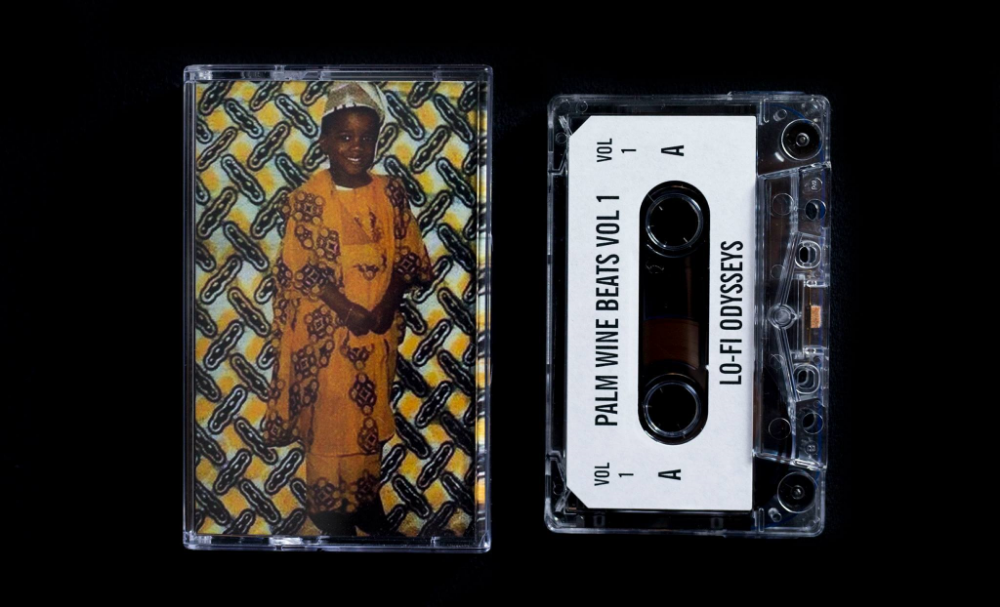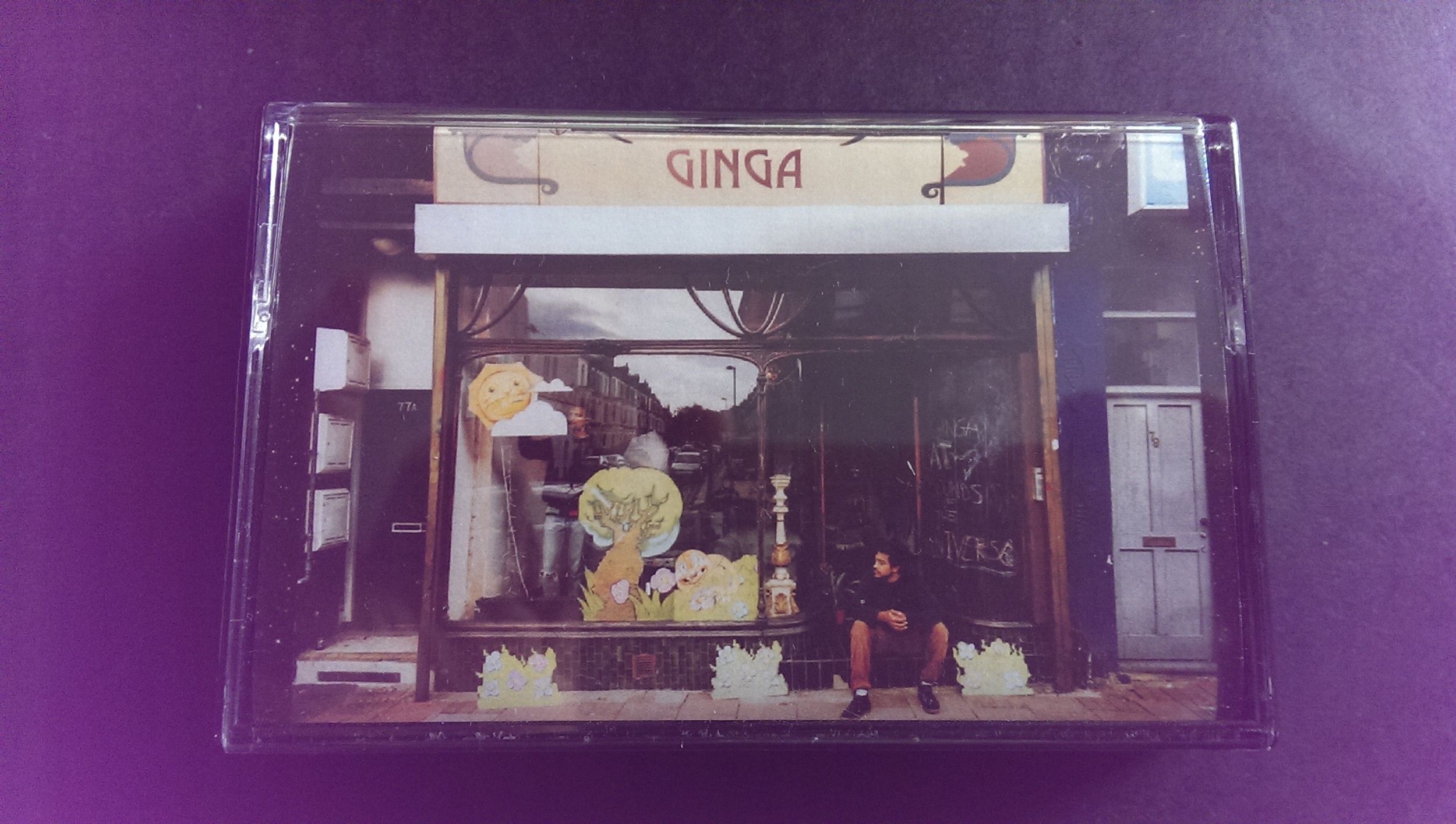Mobile journalists are making the leap to documentary and Leonor Suarez is among those leading the way…
The thought of making films with a smartphone is so liberating. I’ve often shared my love for documentaries, and many of you will remember how Hollywood cooed over Sundance feature Tangerine, shot entirely on an iPhone. Now, as Apple prepares for its latest launch, the journalism and film industries both stand to benefit. And this is progress, let’s be clear. Ideas and effort should be the only real barriers to entry, not technology or privilege.
For every old school skeptic looking on as they caress their RED, Alexa or Canon 7D, there’s another person – iPhone tucked in pocket – getting out there and surprising themselves with their ability. One example is Leonor Suarez, who gave an inspiring talk yesterday at monthly meet-up MoJo London. Suarez is a news editor and reporter for Televisión del Principado de Asturias (TPA) and makes 20-minute packages for the broadcaster, working with a specialist cameraman. Two years ago she had never tried to film any type of journalistic content on her phone, and had no interest in the technical side. After attending a MoJo gathering she dived straight into long-form.
One catalyst was the abundance of great stories Suarez would come across from day to day. She also wanted to have more creative control over how the final broadcast would look. Her first piece was an 11-minute report on a community arts project under threat in Oviedo, shot and edited on an iPhone 4 and delivered against a tight deadline.
Patience was key. Suarez had to handle every aspect of the report, from lighting to interviewing. It’s what she describes as a “handcrafted job”. However, the added responsibility also became an opportunity for Suarez to “grow as a journalist” because “filming enhances your creativity”. Since then, she has gone on to cover a broad range of topics: a new wave of farmers in Picos de Europa; Michelin-starred chef Nacho Manzano cooking with flowers; and the Potosi silver mines in Bolivia.
Suarez showed clips of these on the night. She stumbled upon the Potosi mines story while on holiday. Many of us were impressed by quality of the shots captured in such poor light. She said that focusing using Filmic Pro, the “gold standard of mobile video”, was difficult so she reverted to the native camera on her iPhone 5s. And that wasn’t the only useful tip. Here are a few more:
- Phone capacity is still an issue for documentary makers so if you are shooting for more than an hour then always have a spare memory stick to hand. Suarez Velcros one to the tripod, together with a battery.
- Back up everything at least twice. Once to an external hard disk such as a 256gb iPad (using AirDrop), and again to the Google Drive or a similar cloud provider.
- Make use of in-built image stabilisation. Don’t be afraid to try pans and tilts if you think this will help to convey the story.
- Edit in iMovie if you can. Using a phone can be really hard on the eyes and it’s awkward to perform tasks such as editing audio.
- Learn to work within your particular constraints, eg time and conditions. For instance, use any existing light sources around you. A good example is the hardhat lamps in the mines documentary. Keep interviews short and have a preliminary conversation off camera beforehand to identify key questions.
- Don’t feel unprofessional just because you are using a phone instead of a bigger camera and crew. This is the now!
- Think about engagement. That means cutting trailers and teasers with instant visual appeal and snappy soundbites.
Core kit
– iPhone 6s
– Auxiliary battery
– Stabiliser
– Manfrotto 500 series tripod
– Rode NTG2 shotgun mic
– iRig Pro audio interface
– TRRS adaptor cable
– Velcro!
So what next? Suarez predicts that the line between camera operator and scriptwriter will continue to blur as journalists become more adept at visualising the stories they want to tell. Judging by her next project about the last days of the Spanish Civil War, Suarez will also be experimenting with form and narrative, making the most of the iPhone’s close-up capability and employing other techniques such as reconstruction.
As the technology becomes even more powerful and compact, reporters will be able to get right into the nooks and crannies of a piece to capture amazing footage. A mine, an attic, an ants’ nest… Given time, space and money, filmmakers would still prefer traditional broadcast set-ups for capturing footage to air on giant home TVs. But there are advantages to using a smartphone, not least because people are familiar with them. Hence, they are put at ease.
"I didn't have to take a camera crew with me, says RTE new co-ordinator Eleanor Mannion, who shot an hour-long documentary called The Collectors on an iPhone 6s Plus in 4K for RTE. “I could just go on my own and have conversations with people about their collections. The medium didn’t get in the way of the story and that was really important to me. It allowed me another level of intimacy and honesty…”
You can hear more about Mannion’s experiences on the production at the next Mojo London meet up on 11 October. See you there.







